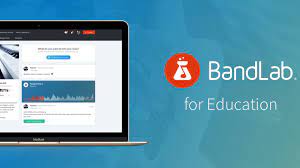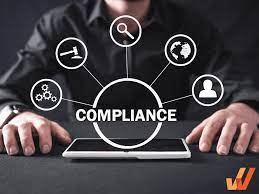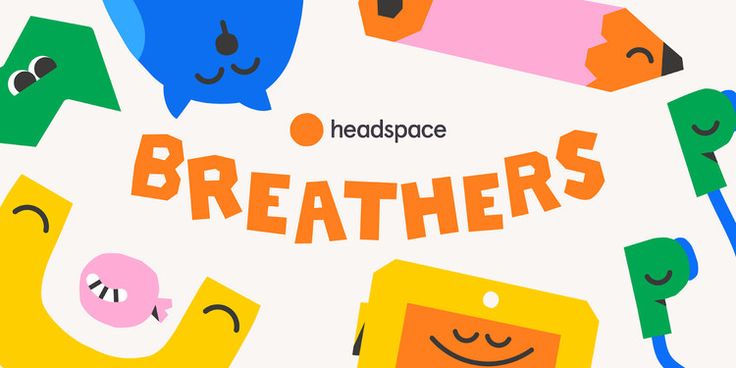In today’s fast-paced digital world, the importance of an engaging and intuitive home page cannot be overstated. Serving as the digital front door to your website, it is crucial that your home page not only attracts users but also encourages them to explore further. Incentive Plus is a revolutionary new concept that aims to redefine the way we think about home page design, creating immersive experiences that captivate and delight users from the moment they land on a website.
Powered by cutting-edge artificial intelligence, Incentive Plus offers customizable, responsive templates designed to adapt seamlessly across devices and screen sizes. This ensures that users have a smooth browsing experience, whether they’re using a desktop computer or browsing on their smartphone.
One of the standout features of Incentive Plus’ home page designs is the core focus on personalization. By analyzing user behavior, preferences, and recent interactions with your site, Incentive Plus can tailor homepage layouts for each unique visitor. This creates a sense of familiarity and establishes trust, increasing the likelihood that users will spend more time exploring your site’s content.
Another major benefit of the Incentive Plus approach is its streamlined user interface design. Attention has been paid to ensuring that key information is prominently displayed and easily accessible for users. The home pages designed by Incentive Plus incorporate strategically placed calls-to-action and visually striking graphics that encourage user interaction and engagement.
Moreover, Incentive Plus understands the importance of fast loading times for modern websites. Home pages created using their technology are lightweight and optimized for maximum efficiency so that users can start engaging with content within seconds. This helps combat high bounce rates often seen when visitors are forced to wait for a slow-loading site.
In addition to being visually appealing and user-friendly, Incentive Plus’ home page designs are easily maintainable. A powerful content management system (CMS) enables users to swiftly make changes without needing a wealth of technical expertise. Even if you’re not a seasoned web developer, you’ll appreciate the ease of use that comes with managing your Incentive Plus home page.
In summary, Incentive Plus is changing the landscape of home page design for the better. Their AI-driven technology, focus on personalization, and dedication to user experience create unforgettable digital experiences that empower businesses to stand out in an increasingly competitive online market. With Incentive Plus, your home page can become a cornerstone of your internet presence, reaching new heights in terms of engagement and user satisfaction.











